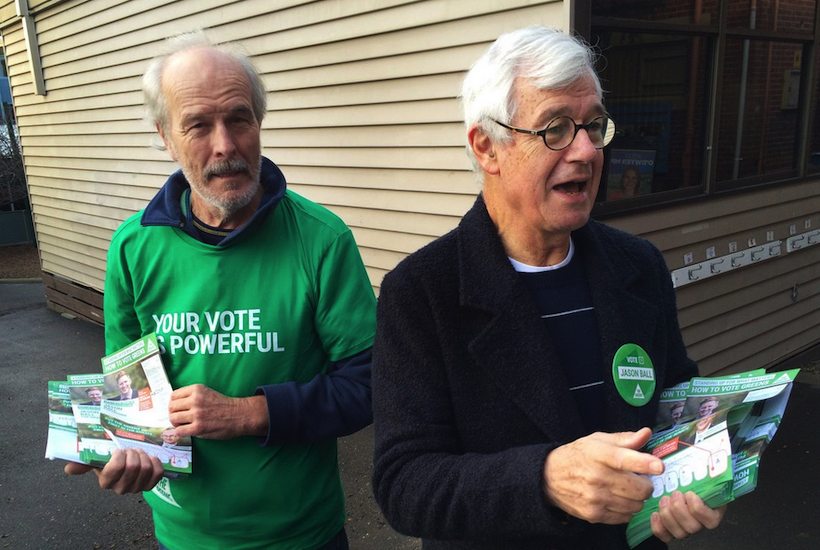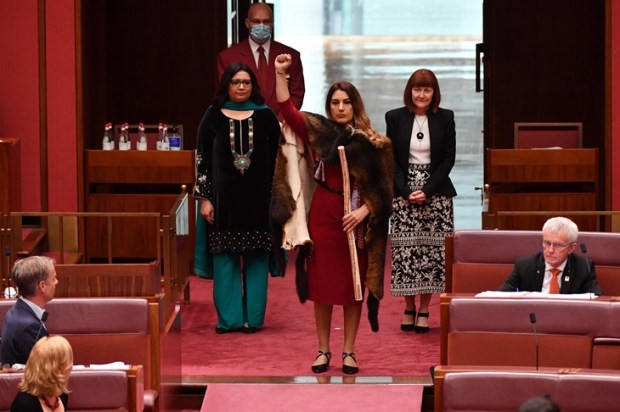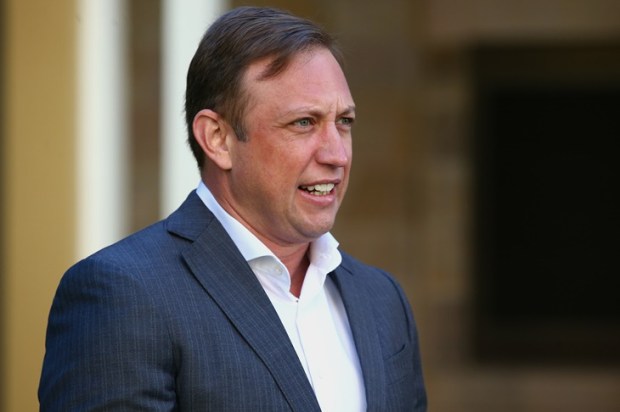It has been said for the past decade or two that the parliamentary Labor Party is finding it increasingly difficult to hold together the two major poles of its base: the educated inner city progressive types and the more traditional blue collar workers of the suburbs and the regions. These two groups seem to share little in common except the hatred for “the Tories”, and in more and more areas of policy their beliefs, values, instincts and interests are coming to be at odds with each other.
Certainly, Labor leaders from Keating onward have been forced into contortionist acts in order to try to keep the wokeing classes and the working classes both happy or at least not sufficiently unhappy to cost the party power.
Keating himself failed in the end, with the “Howard battlers” ditching Labor for the more socially conservative, patriotic and safe Liberal Party. In 2004, the unreconciled tension between the environment and the jobs arguably cost Mark Latham a chance of victory, and this year, a similar scenario, except substituting miners for loggers, lost Bill Shorten an unloseable election.
Trying to strike a balance between the anti-Adani inner cities of the south and Queensland blue-collar workers more concerned about their livelihoods than some speculative damage to the Reef or a rare finch, Labor spectacularly fell off the political tightrope, if you excuse another circus metaphor (which tend to be quite apt for politics).
Over the years, the Liberals used to quietly and not so quietly enjoy the ideological and electoral pain this intra-base tension was causing the Labor Party. It was amusing to watch Labor trying to be left and progressive enough not to bleed too many voters to the Greens while at the same time not being too airy fairy and seemingly too disconnected from the concerns of an average suburban dweller so as to piss of the blue collar workers.
It might be more difficult to laugh now that the Liberal Party is discovering similar tensions within its own traditional base.
A decade or so ago, the Libs would grumble about the “doctors’ wives”: affluent professional progressives who were finding the Coalition too hard and heartless for their tastes. Then, they used to be an electoral nuisance; now it seems that every second person is a doctor’s wife. A divide is visibly opening between the white, wealthy, urban section of the base, sufficiently affluent to worry more about social and lifestyle issues than the economic ones, and the suburban and regional middle-middle and lower-middle class that remains more conservative and preoccupied with their daily lives and struggles.
This divide has sent tremors through some of the traditional Liberal heartland. Wentworth lost and very narrowly retaken. Warringah similarly lost to an independent who twenty years ago would have been a Liberal. In Higgins, a 5.5 per cent two party preferred swing against the Libs; in Kooyong an almost 8 per cent swing against the seating member; in Curtin a swing of over 6 per cent against. These are all the seats of former party leaders and deputy leaders, the bluest of the blue, and at an election where the Coalition has (albeit unexpectedly) experienced a 1.5 per cent national swing towards it.
It used to be said that the left-wing progressives were all about “the three Rs”: republic, reconciliation and refugees. What we have seen over the recent years are two changes: firstly, the “three Rs” are now refugees, rears and renewables; and secondly, the same issues now largely motivate and move both the left-wing progressives and the non-left-wing progressives. Labor might be losing votes to the Greens over these sorts of issues, but the Liberals are losing them too, except to the self-described “progressive” or “centrist” independents.
Let’s try to name this condition, since “doctors’ wives” has never really worked.
Let’s call it Chrenkoff’s disease, with yours truly humbly naming this diagnosis of a degenerative disorder of the central nervous system of the Australian body politic, just as British doctor James Parkinson gave his name to a similar condition found it certain individuals; of a shake up, not just shaking.
Should Labor ever loosen up its association with the unions or should the upper-middle class Libs overcome their snobbery over trade unionism, one can easily see the political landscape realigning itself geographically: trendy inner cities against steady suburbs.
Quite literally, it will be insiders versus outsiders.
Arthur Chrenkoff blogs at The Daily Chrenk, where this piece also appears.
Illustration: Twitter.
Got something to add? Join the discussion and comment below.
Got something to add? Join the discussion and comment below.
Get 10 issues for just $10
Subscribe to The Spectator Australia today for the next 10 magazine issues, plus full online access, for just $10.


























Comments
Don't miss out
Join the conversation with other Spectator Australia readers. Subscribe to leave a comment.
SUBSCRIBEAlready a subscriber? Log in